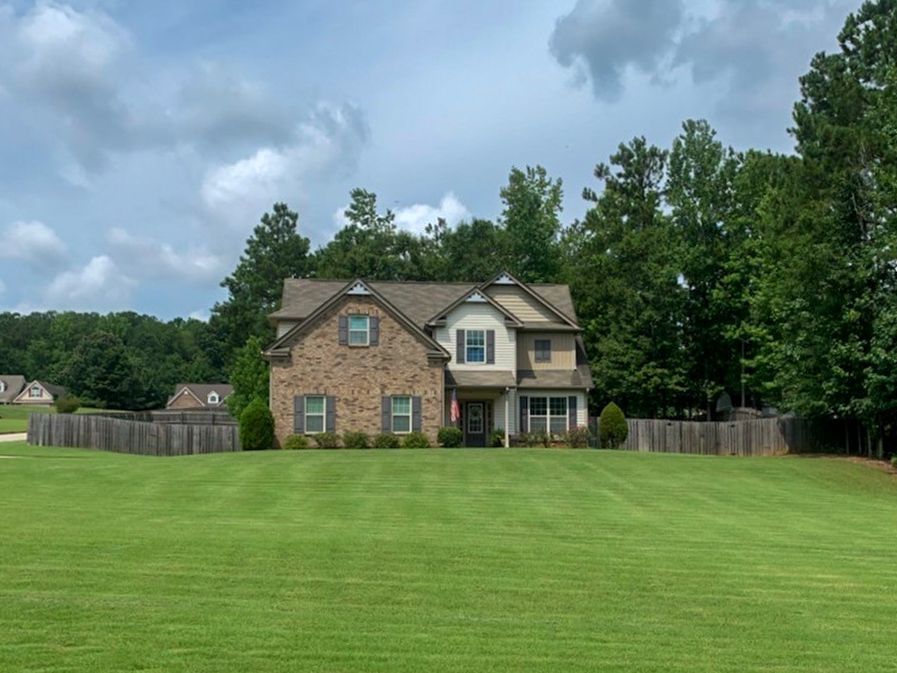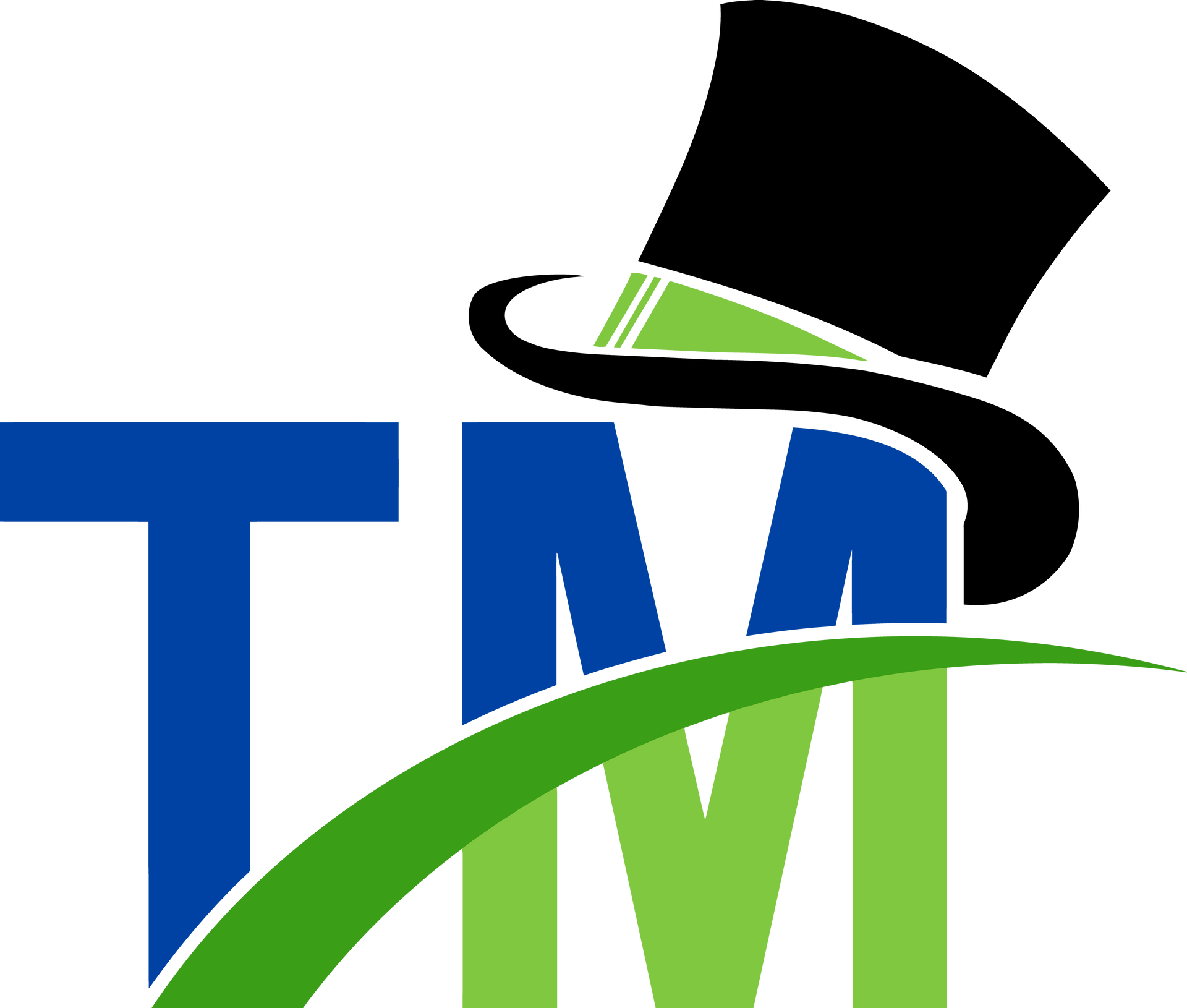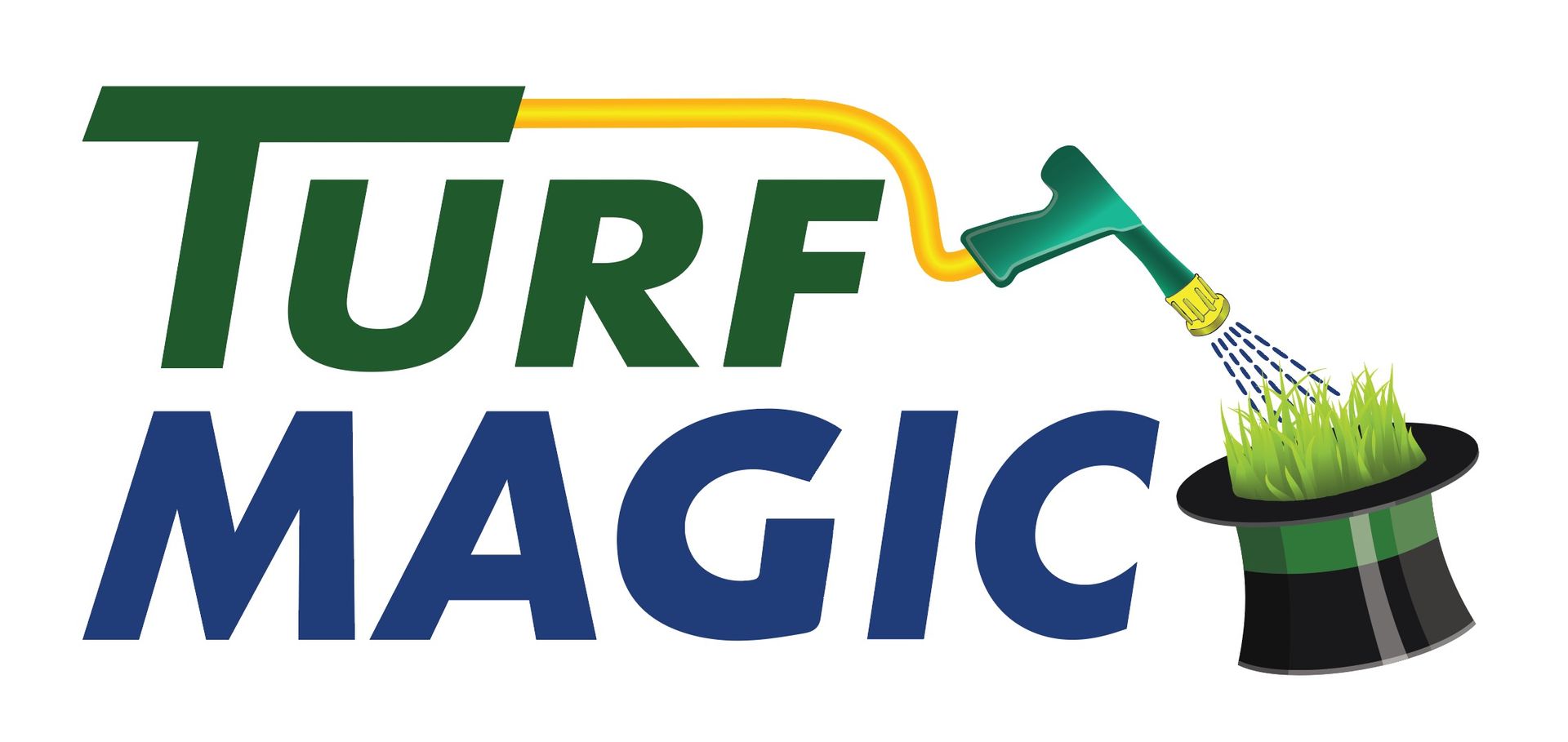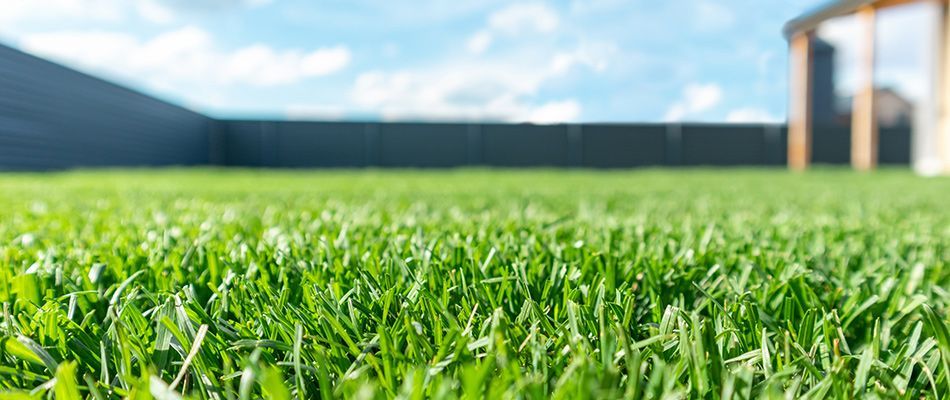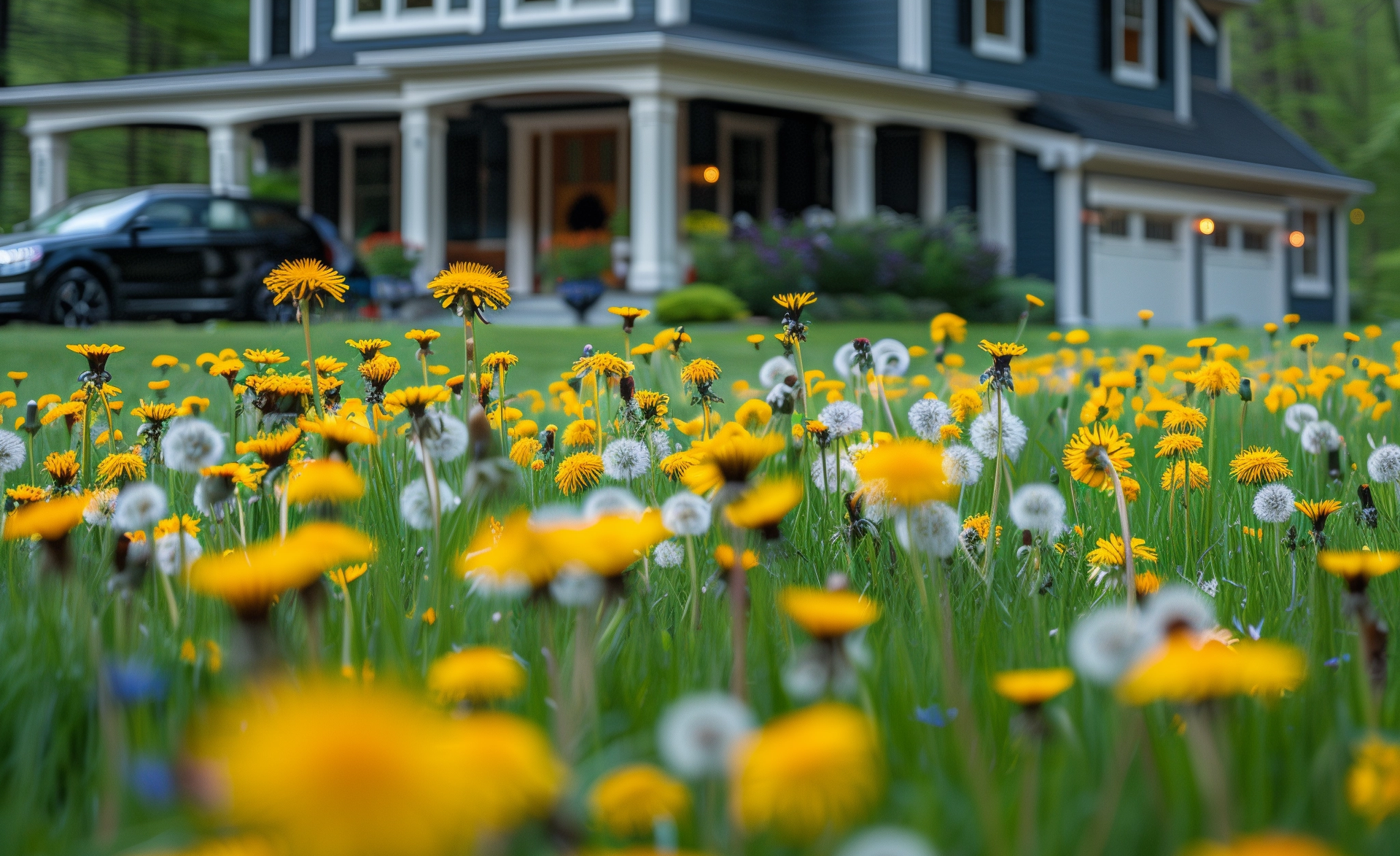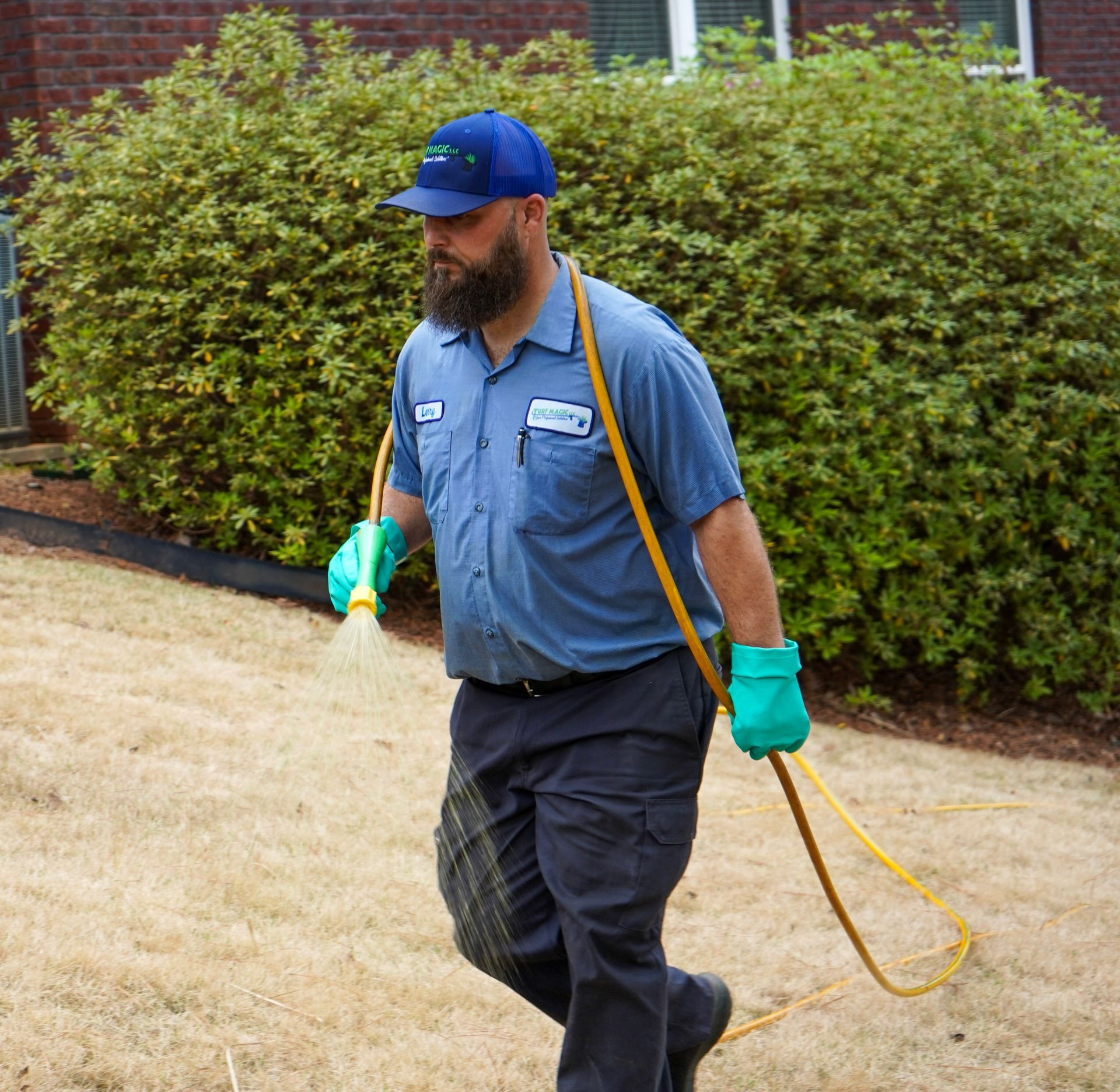Understanding Lawn Disease and the Benefits of Preventative Fungicides for Homeowners
Lawn Fungal Diseases
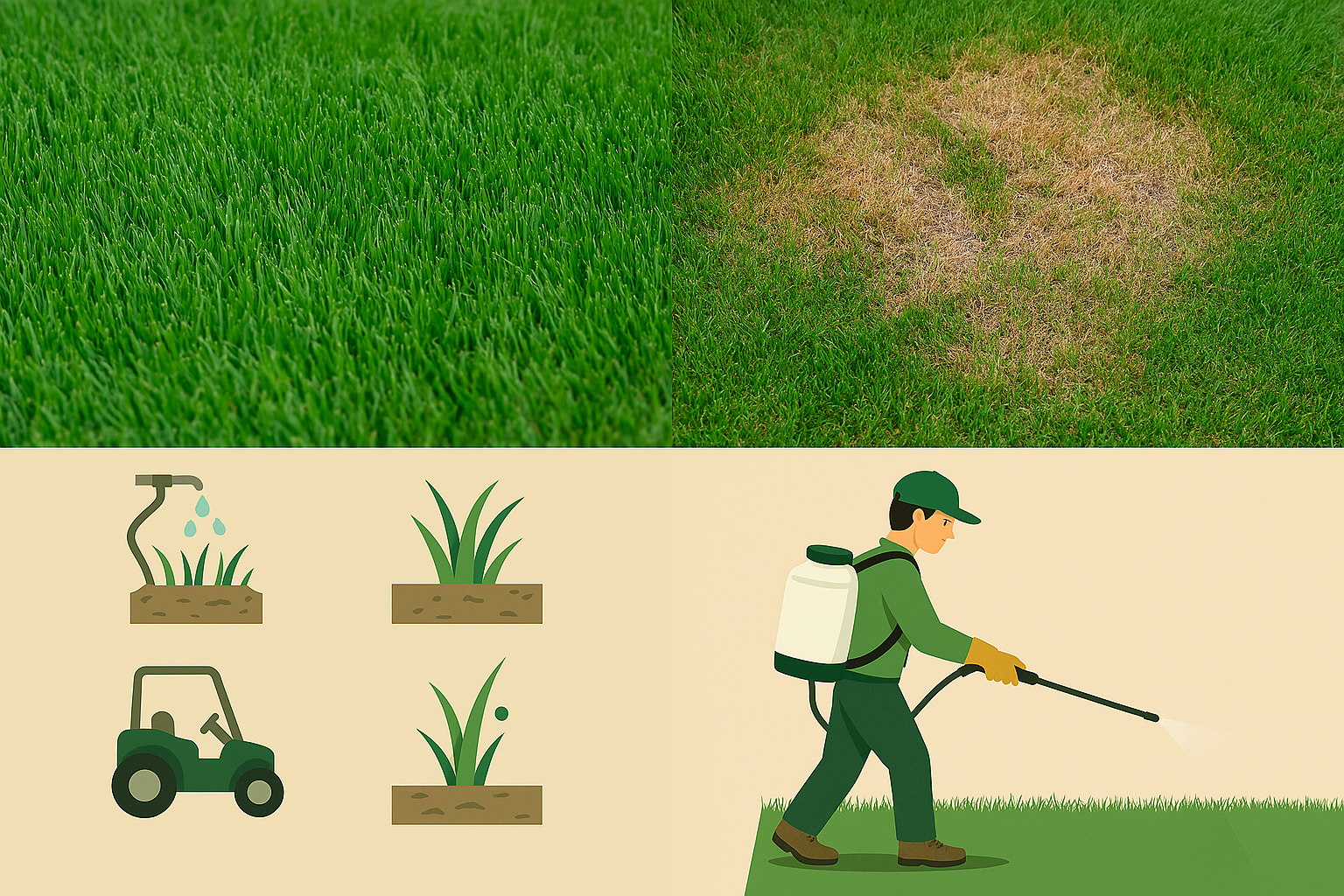
Keeping your lawn healthy and vibrant requires being on the lookout for fungal diseases that can damage even the best maintained turf. While many homeowners focus on watering, mowing and fertilizing, preventing and treating fungal diseases is often overlooked until brown patches or other symptoms appear. Preventative fungicide applications can be a valuable tool in maintaining lawn health, especially for properties with a history of fungal issues or conditions that promote disease development.
What are Fungi and How they Affect Lawns
Fungi are the most common parasites that cause plant disease in residential lawns. Most lawns have fungal spores that are dormant and harmless until the right environmental conditions trigger them to grow and spread. Once active, these fungi can colonize grass blades, stems and roots, resulting in visible symptoms like discoloration, thinning, and dead patches.
All grasses are susceptible to fungal infections. Some of the symptoms the homeowner may notice are, the turf suddenly has irregular brown spots and lesions on the grass blades.. Unfortunately, once a fungal disease takes hold it can be difficult to get rid of. This makes prevention especially important for homeowners.
Common Causes of Fungal Diseases
Several factors contribute to the development and spread of lawn fungal diseases:
- Improper watering practices – Underwatering and overwatering create stress conditions that make grass more susceptible to fungal attacks. You should never irrigate your lawn past 12:00 pm during the day or before 12:00 am at night.
- Compacted soil – Poor drainage and restricted air circulation in compacted soil creates ideal conditions for fungal growth.
- Mowing practices – Cutting grass too short weakens plants, leaving it too long can trap moisture and encourage fungal development.
- Fertilization issues – Excessive nitrogen leads to rapid, succulent growth that is more prone to fungal infection. Nutrient deficiencies can weaken grass resistance as well.
- Weather conditions – High humidity and damp environments promote fungal growth. Warm, moist weather in spring and summer is the highest risk.
Fungicides
Types and Mechanism of Action
Fungicides are chemical products designed to prevent or eliminate fungal diseases in turfgrass. They work by disrupting fungal growth and reproduction either by inhibiting spore germination, blocking infection pathways or interfering with the fungi’s cell structures. By targeting these critical processes fungicides create a barrier for your lawn.
There are two main types of fungicides:* Contact fungicides – These stay on the surface of the grass blades forming a protective shield without penetrating plant tissue. Effective treatments to prevent an active disease from spreading, but have a very short lifespan and may need to be reapplied after rain or heavy watering. Turf Magic will always couple a contact fungicide with a systemic fungicide, as it offers more protection for the lawn.
- Systemic fungicides – These are absorbed into the plant through leaves, stems, or roots and provide longer-lasting protection. Works well on actively growing turf and combat fungi from within the plant. Depending on disease pressure and environmental conditions, systemic fungicides usually have a lifespan of 18-28 days.
Preventative vs Curative Applications
Understanding the difference between preventative and curative fungicide applications is key:
- Preventative applications – Applied before the disease appears. These treatments create a protective barrier against potential infection. Most effective when applied before the disease becomes actively growing..
- Curative applications – Applied after disease symptoms appear. These treatments stop the spread. Fungicides cannot completely restore grass already diseased although they can limit damage and support recovery. Following the application, the turf will need to be provided the proper nutrients to aid in recovery and repairing the damaged turf.
Preventative Fungicide Treatments
Disease Prevention and Early Control
The main benefit of preventative fungicide applications is to avoid disease establishment altogether. By treating turf before visible symptoms appear homeowners can:
- Stop fungal spores from germinating and infecting healthy grass
- Prevent existing fungal infections from spreading to unaffected areas
- Maintain consistent lawn appearance and health throughout the growing season
Removing fungi or visible diseases from a lawn allows the grass to absorb more nutrients and grow better. This proactive approach keeps both the aesthetics and overall health of the lawn.
Cost Effectiveness and Efficiency
Preventing fungal diseases is generally more cost-effective than treating an established infection. Once a fungal disease has taken hold of a yard it’s much harder to get rid of without chemical intervention. Treating widespread infections often requires higher application rates, more frequent treatments, and potentially costly lawn renovations for severely damaged areas.
Additionally, preventative applications can often be made at lower rates than curative treatments. For example Scotts DiseaseEx Lawn Fungicide has different application rates for preventative versus curative treatments, the preventative rate requires less product.
Extended Protection Periods
Good fungicides can provide extended protection, less frequent reapplications. Scotts DiseaseEx Lawn Fungicide for instance begins working within 24 hours of application and controls diseases for up to four weeks. This extended coverage minimizes maintenance and gives homeowners peace of mind during peak disease seasons.
Choosing the Right Fungicide
Popular Fungicide Options for HomeownersHere are some effective fungicides for homeowners:
- Headway G – Broad spectrum granular fungicide with azoxystrobin and propiconazole for brown patch, dollar spot and fairy ring.
- Pillar SC – Fast acting liquid fungicide with triticonazole and pyraclostrobin for up to 26 cool and warm season turf diseases.
- Caravan G – Combination product with azoxystrobin and thiamethoxam for fungal diseases and insect problems in one application.
- Scotts DiseaseEx – Widely available option that controls 26 lawn diseases including brown patch, stem & stripe rust, red thread and powdery mildew.
Environmental and Safety Considerations
When choosing fungicides homeowners should consider:
- Water source protection – Some fungicides can leach into groundwater and affect properties with well water.
- Impact on beneficial organisms – Certain fungicides can affect helpful insects and soil microorganisms.
- Organic alternatives – Eco-conscious homeowners may opt for organic products like Mirimichi Green’s Pest Control or Southern Ag Friendly Biological Fungicide which offer less toxic options.
Fungicide Application Best Practices
Best Time to Apply
Proper timing is key to effective fungicide application. Applying fungicides at the right time can reduce the need for reapplications. Since warm and moist weather increases the risk of fungal growth, early spring applications can create a barrier before disease sets in.
Apply fungicide in the early morning or late evening to minimize stress on the grass. Fungicides work best when the lawn is damp but not soaked so early morning with light dew is the ideal application time.
Application Methods and Frequency
Fungicides come in different forms:
- Liquid fungicides – Quick absorption and good for active fungal infections.
- Granular fungicides – Release active ingredients slowly for long term protection.
Applications may need to be repeated every 2-3 weeks depending on the severity of the infection and type of fungicide. Preventative treatments require fewer applications while active fungal problems may need a more aggressive schedule.
Rotating Fungicides to Prevent Resistance
One of the most important but often overlooked aspects of fungicide application is rotating between different chemical classes. Using the same product with the same mode of action can lead to fungal resistance making treatments less effective over time.
Experts recommend rotating fungicide groups to maintain effectiveness. No more than two consecutive applications of the same group should be used before switching to another group. For example, rotating between Group 3 and Group 11 fungicides can prevent resistance build up.
Preventative fungicide applications benefit residential homeowners in maintaining healthy disease free lawns. When combined with proper cultural practices such as watering, mowing, fertilizing and soil aeration, fungicides can protect turfgrass from fungal diseases.
Fungicides require an investment but the preventative approach is generally more cost effective than treating established infections. Knowing the types of fungicides available, optimal application time and the importance of rotating products allows homeowners to develop a customized fungicide program.
A proactive integrated approach combining cultural practices with targeted fungicide applications is the best protection for a residential lawn. Start preventing now and have a lush green landscape for years to come.
Turf Magic's Lawn Defender Program:
Comprehensive Fungal Disease Prevention & Lawn Health Solution
After learning about the importance of preventative fungicide applications, homeowners may be wondering: What’s the best way to protect my lawn from fungal diseases year-round? That’s where Turf Magic’s Lawn Defender Program comes in!
What is the Lawn Defender Program?
Turf Magic’s Lawn Defender Program is a specialized treatment plan designed to protect your lawn from destructive fungal diseases before they start. Our professionally applied fungicide treatments create a barrier against harmful fungi, ensuring that your lawn stays green, healthy, and resilient throughout the growing season.
Benefits of the Lawn Defender Program
✅ Prevents Fungal Outbreaks – Stops fungal spores before they take hold, reducing the risk of brown patches, dollar spots, and other common lawn diseases.
✅ Strengthens Lawn Resilience – Fortifies grass against environmental stressors such as heat, humidity, and excessive moisture that encourage fungal growth.
✅ Saves Time and Money – Preventative care eliminates the need for costly, intensive treatments required for severe fungal infestations.
✅ Improves Lawn Aesthetics – Keeps your lawn lush, uniform, and free of unsightly dead patches caused by fungi.
✅ Eco-Friendly Approach – Reduces excessive pesticide use by targeting disease before it becomes widespread.
Timing & Application Schedule
Fungal diseases thrive in warm, humid conditions, making spring and summer the most critical seasons for preventative treatment. Our Lawn Defender Program includes:
📅
Early Spring Application – Establishes a protective barrier before peak fungal season.
📅
Mid-Summer Booster – Reinforces protection during high-risk months.
📅
Late Summer Application – Prepares the lawn for fall, minimizing fungal damage before cooler months.
📅
Custom Spot Treatments – As needed, our team will address any trouble areas before they become major issues.
By timing these applications strategically, we ensure continuous protection throughout the year.
Additional Lawn Health Benefits
While the primary goal of the Lawn Defender Program is fungal disease prevention, it provides additional advantages that enhance the overall health of your landscape:
🌱
Boosts Root Strength & Growth – Healthier grass can absorb nutrients more effectively.
🌱
Reduces Pest Infestation – Certain fungicides also help deter pests like grubs and armyworms.
🌱
Enhances Fertilization Effectiveness – Fungus-free turf can fully utilize fertilizers for maximum lawn growth.
🌱
Protects Against Weeds – Healthy grass competes better against invasive weeds.
Take Action Today!
Don’t wait until brown patches appear—protect your lawn before fungi take hold! Sign up for Turf Magic’s Lawn Defender Program today and enjoy a season of lush, green grass with confidence.
📞 Call us now to schedule your lawn assessment!
Let Turf Magic take the worry out of lawn care so you can sit back, relax, and enjoy your beautiful yard!
.
